Frequently Asked Questions about Grey Iron Casting
Grey iron casting is a versatile and widely used manufacturing process that involves pouring molten iron into a mold to create various components and products. It's known for its exceptional strength, durability, and cost-effectiveness, making it a popular choice in industries such as automotive, construction, and machinery. In this article, we'll address the ten most frequently asked questions about grey iron casting, providing you with a comprehensive understanding of this essential manufacturing technique.
1.What is Grey Iron Casting?
Grey iron casting is a casting process in which molten iron is poured into a mold, cooled, and solidified, forming a grayish iron material. It's characterized by its graphite flakes, which give it its unique appearance and properties. Grey iron casting is valued for its strength, thermal conductivity, and excellent vibration-damping qualities.
2. What Are the Advantages of Grey Iron Casting?
Grey iron casting offers several advantages, including high strength, good machinability, excellent wear resistance, and low cost. Its ability to absorb and dampen vibrations is particularly useful in applications such as engine blocks and brake drums. It's also easy to cast complex shapes with precision.
3. How is Grey Iron Different from Other Iron Castings?
Grey iron casting differs from other iron castings, such as ductile iron and white iron, mainly in its graphite content. Grey iron has graphite flakes, while ductile iron has spherical graphite nodules, and white iron lacks graphite altogether. This distinction results in different material properties and uses.
4. What Are Common Applications of Grey Iron Casting?
Grey iron casting finds applications in a wide range of industries, including automotive (engine blocks, brake drums), construction (pipe fittings, manhole covers), and machinery (pulleys, gears). It's also used in various other components like cookware, pipes, and ornamental structures.
5. What Are the Main Steps in Grey Iron Casting?
The grey iron casting process involves several key steps, including pattern and mold preparation, melting and pouring of molten iron, cooling and solidification, and finishing processes like machining, painting, and quality control.
Featured content:Exploring the Versatility of Stainless Steel Wire Mesh in Various Industries
How to Prevent 3 Common Metal Filter Problems
What Are The Most Common Wire Mesh Construction Styles?
How to Choose the Right Tungsten for TIG Welding?
What the best ppi should be chosen for metal filtration
How do Graphite Blocks Compare to Other Refractory Materials?
How Much Do You Know Steel Rail Weight and Length?
6. Can Grey Iron Casting Be Customized?
Yes, Gray Cast Iron can be customized to meet specific design and performance requirements. It allows for the creation of intricate and precise shapes, making it suitable for a wide range of applications. Customization can include changes in dimensions, material properties, and surface finish.
7. What Factors Affect the Quality of Grey Iron Castings?
The quality of grey iron castings depends on factors like mold design, pouring temperature, cooling rate, and the quality of the molten iron. Proper quality control, including non-destructive testing, is crucial to ensure that castings meet industry standards.
8. How Does Grey Iron Casting Compare to Other Materials?
Grey iron casting offers unique advantages compared to other materials like steel and aluminum. It provides superior vibration damping, good machinability, and cost-effectiveness. However, the choice of material depends on the specific requirements of a project.
9. Are There Any Environmental Concerns with Grey Iron Casting?
Grey iron casting can be environmentally friendly if proper practices are followed. Recycled materials can be used in the casting process, reducing waste. Additionally, modern foundries are adopting more sustainable and energy-efficient methods.
10. What Are the Maintenance Requirements for Grey Iron Castings?
Maintenance for grey iron castings typically involves periodic inspection and cleaning. The specific maintenance requirements depend on the application, but regular checks for wear, corrosion, or damage are essential.
In conclusion, grey iron casting is a versatile and cost-effective manufacturing process with a wide range of applications across various industries. It offers unique advantages such as exceptional strength, thermal conductivity, and vibration damping properties. Understanding the fundamentals of grey iron casting, including its advantages, applications, and customization options, is crucial for engineers, designers, and manufacturers looking to harness its potential. With proper quality control and environmental considerations, grey iron casting remains a relevant and sustainable choice in the modern industrial landscape. Whether you are involved in automotive, construction, or machinery, grey iron casting continues to be a vital component of our industrial world.
The Benefits of Using Stainless Steel Wire Mesh
Comprehensive Guide to Steel Wire: Everything You Need to Know
Hexagon Metal Mesh: A Versatile and Stylish Choice for Various Applications
How to Use Exothermic Welding?
Exploring the Versatility of Copper Wire Mesh in Various Industries
Why Choose Wire Mesh Filters Over Competitors?
What is color coated steel coil and how are the different coatings manufactured?
198
0
0
All Comments (0)
Previous: Frequently Asked Questions about Galvanized Corrugated Steel Plate
Next: Frequently Asked Questions About Aluminium Casting Flux
If you are interested in sending in a Guest Blogger Submission,welcome to write for us!



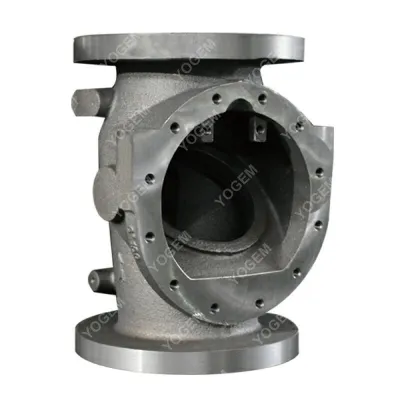
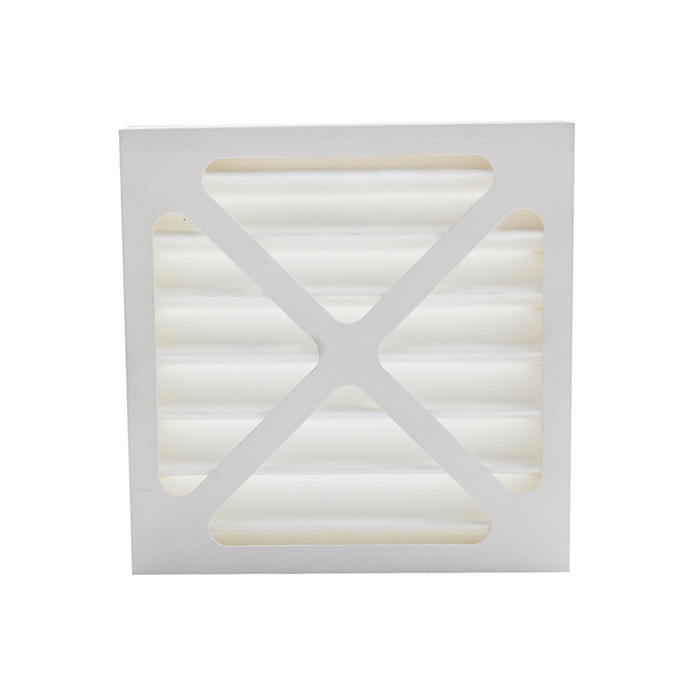
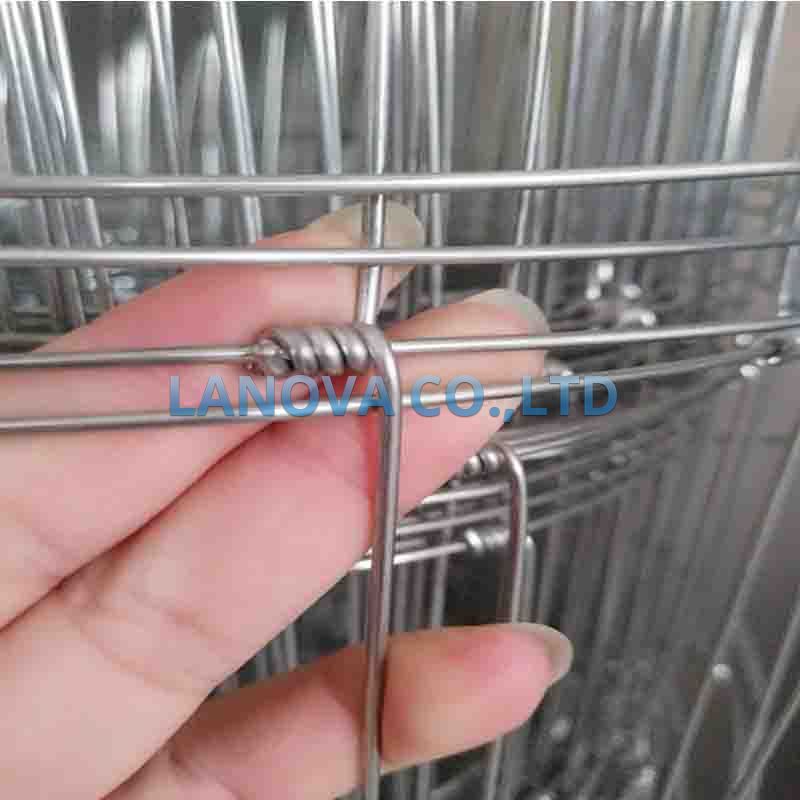
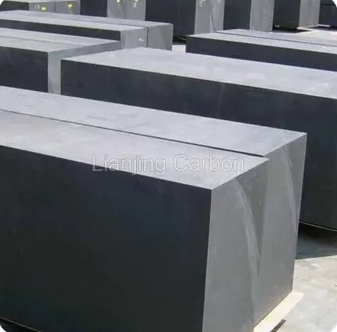
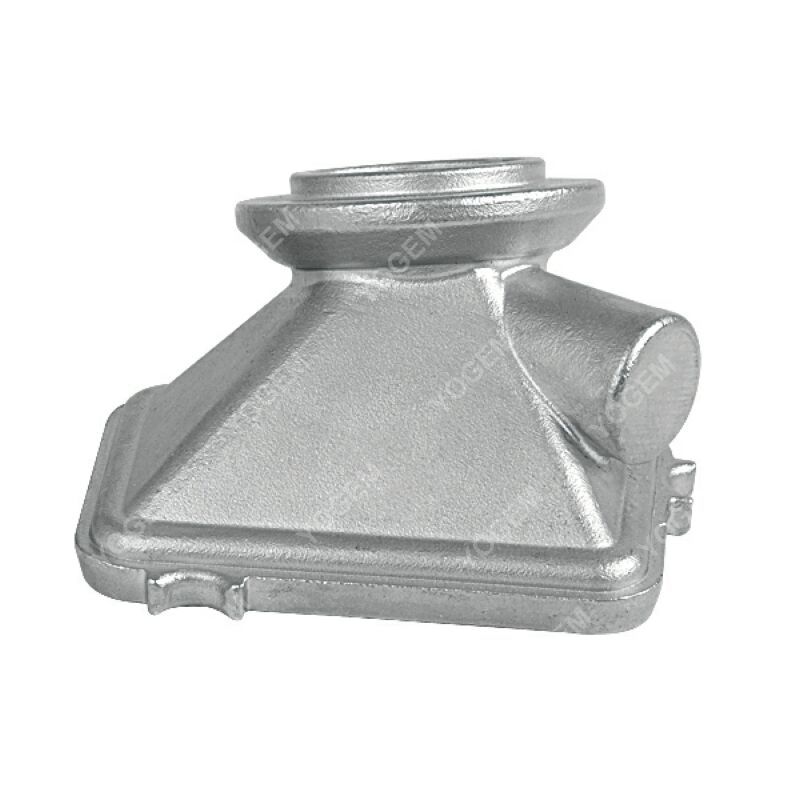
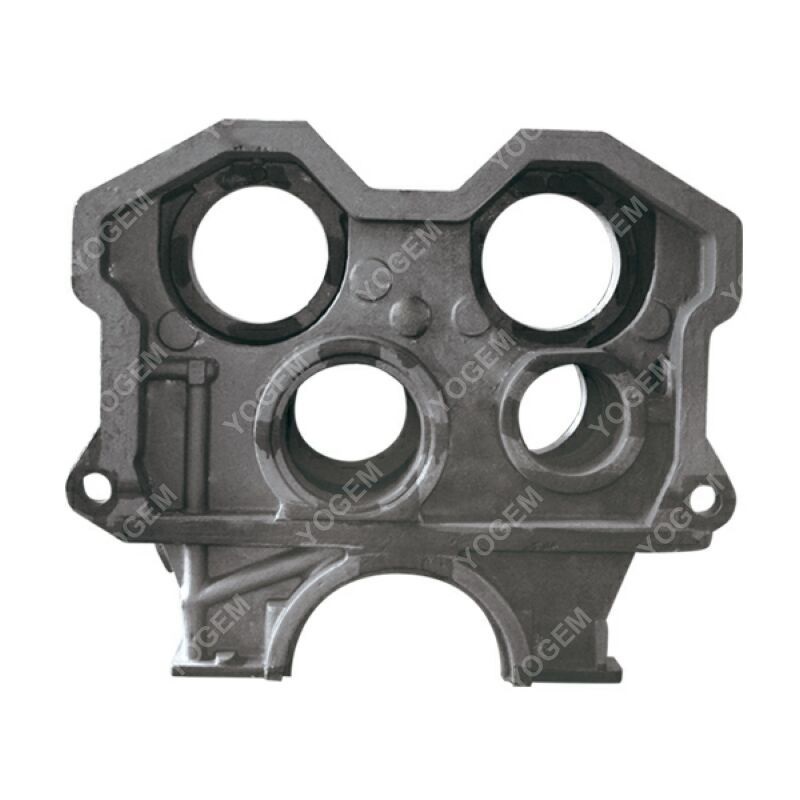
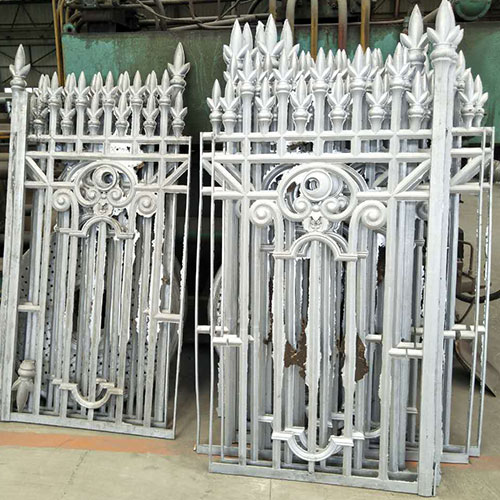
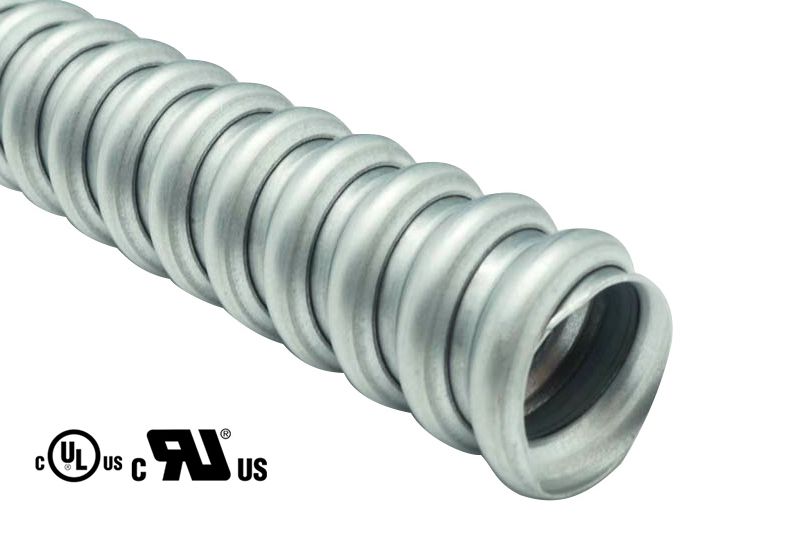
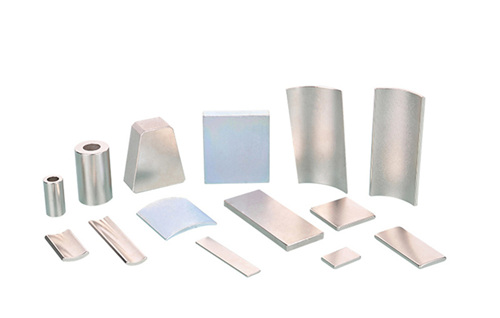

Comments